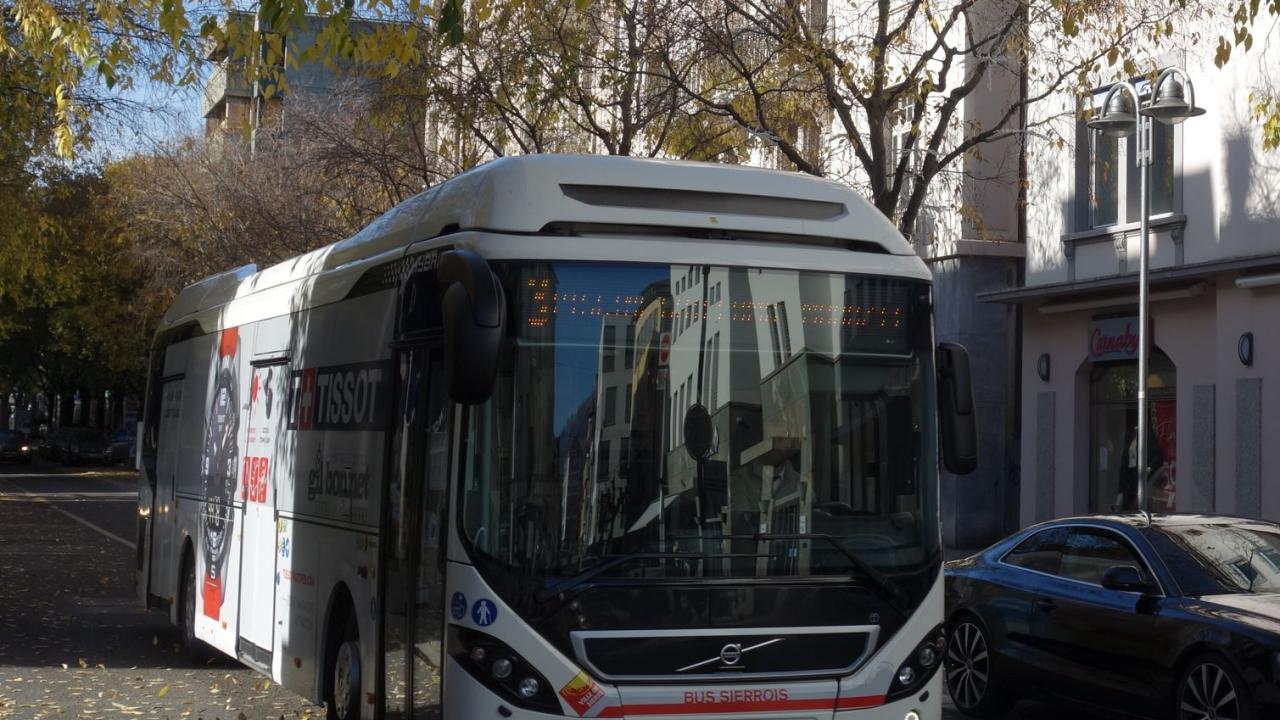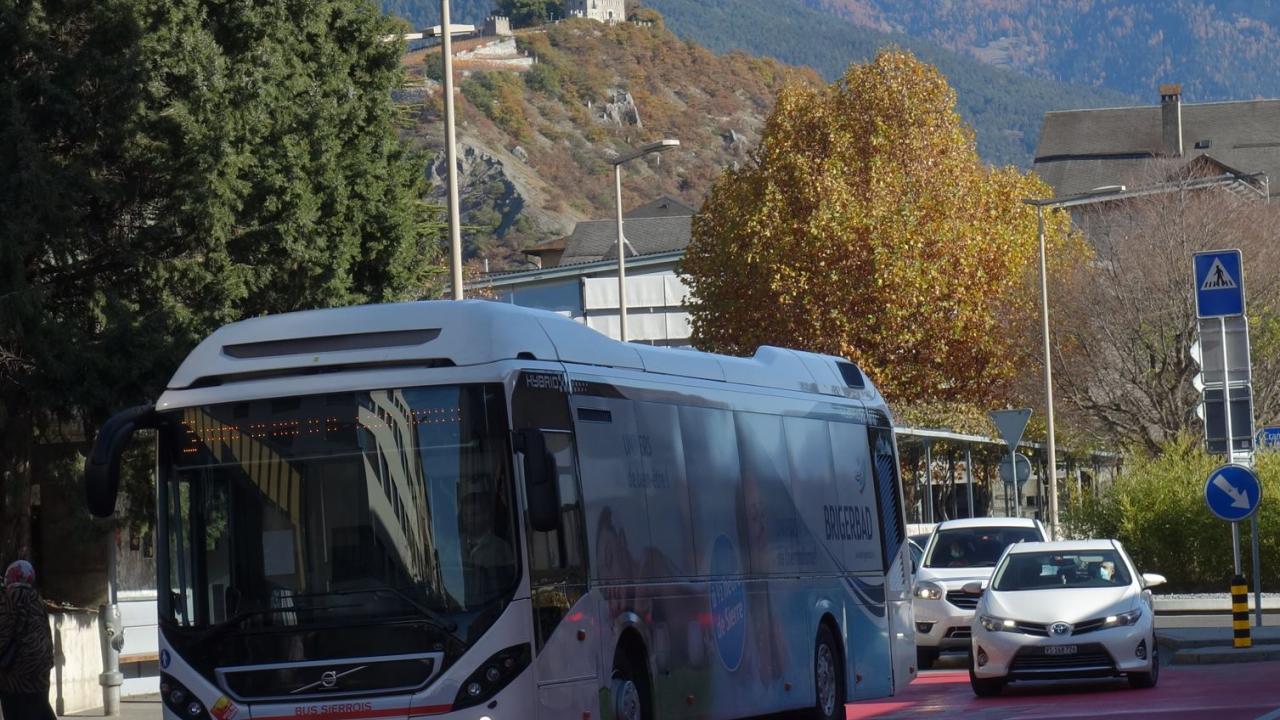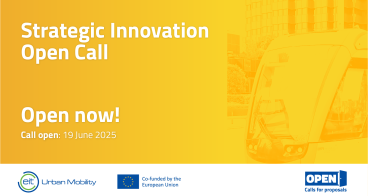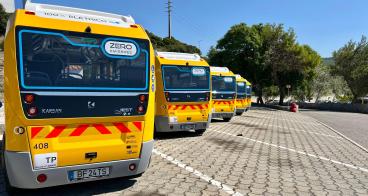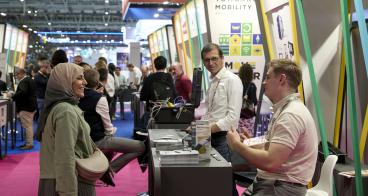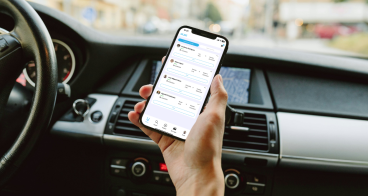Tübingen: Boosting environmental performance of full hybrid buses

The Challenge
Noise pollution from vehicles remains a major environmental health problem in Europe. Full electrification will significantly reduce these emissions. However, transition towards 100% electromobility will be a gradual process due to several challenges such as adequate availability of charging infrastructure. Therefore, in the years to come the will be other bus technologies still being purchased. Today, from societal and environmental perspective full hybrid technology offers second-best choice offering benefits of partial electrification without operating constraints. One unique aspect of full hybrid technology applied to public transport (PT) is that buses operate on fixed routes. This creates new possibilities to optimise full hybrid buses via the emerging technologies. Specifically, geofencing technology combined with connectivity and data analysis of operating conditions allows to increase electric distance share travelled by full hybrid buses and to turn them into true part-time electric vehicles. It allows to achieve the following goals:
- Reduction of GHG emissions and energy consumption (environmental goal).
- Targeted noise emission reduction from full hybrid buses (citizen oriented goal).
Targeted noise reduction means focusing on noise-sensitive areas such as bus stops, narrow streets surrounded by building, etc. The indirect benefit of noise reduction is increased attractiveness of public transport (operated by full hybrid driveline technology).
The Solution
The solution improves environmental and societal performance of full hybrid buses by extending their default electric behaviour with zero emission zones that enable the bus to be electric in additional locations. Key elements of the solution are:
- Euro VI Volvo full hybrid bus (solo and articulated)
- Geofencing technology,
- Connectivity between bus and offboard control,
- Data analysis of operating conditions detecting optimal locations of zero emission zones
The solution was firstly prototyped in Luxembourg in public transport lines operated by Sales-Lentz. The first large-scale test was carried out in Sierre, Switzerland, where all city routes operated by hybrid were optimised via zero emission zones.
The solution can be deployed in different ways. The most common one is that route analysis is carried out by electromobility specialist from bus provider to determine optimal locations for the zones. The possible locations are determined by energy recovery profile on a given route. There is however certain flexibility in choosing where to implement the zones. This is when the voice of the operator can be taken into account (e.g. the operator can communicate prioritised locations).
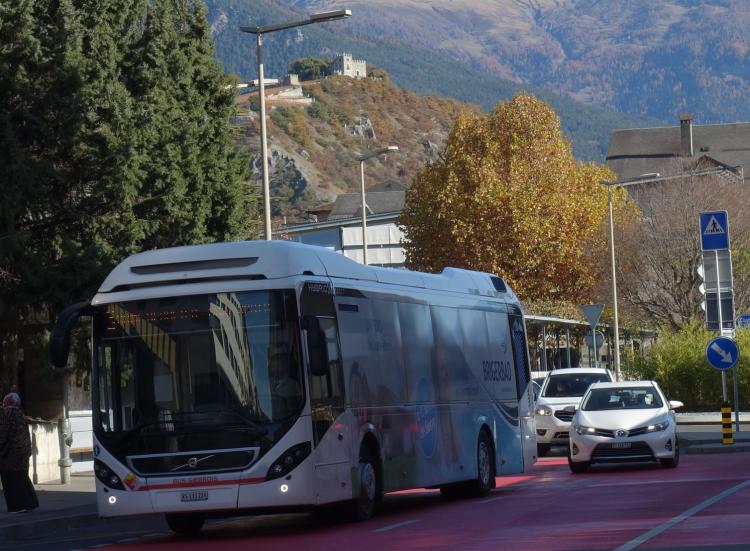
Making an impact
In general, the application of zero emission zone to full hybrid buses allowed to significantly increase distance driven in fully electric mode. This in turns reduced energy consumption, noise and GHG emissions. Specific reductions are linked to type of operating conditions. In general, the more diverse the topography was, the larger were the benefits. In the worst case the electric distance driven by the bus was increased by 20% while 300% was the best case. The average increase was 100%. When it comes to GHG emissions reduction was in the 2 to 10% range with 4% being the average case, which can be translated to around 1 ton of CO2 reduction per bus/year. The maximum speed of the buses in electric mode increased from 20 km/h to 50 km/h.
Sierre is world’s first city, where its hybrid fleet was e-tailored to all city lines via geofencing. Electric distance drive by the bus was nearly tripled, while energy consumption and GHG emissions further reduced by 10%. The reduced noise levels are very apparent on the city’s narrow, residential streets and terminus stations.
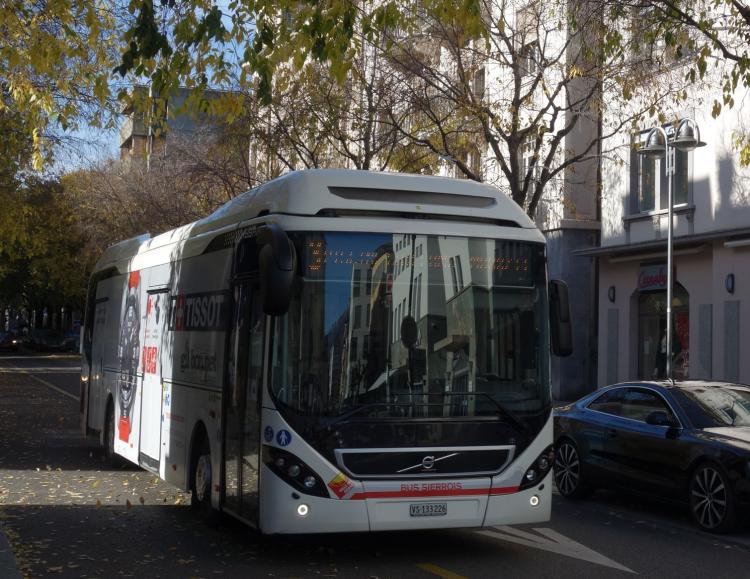
Lessons learnt
- The extent of additional electric drive of full hybrid buses via zero emission zones depends on the amount of kinetic energy recovery. The amount mainly depends on speed and topography profiles of lines. Two factors were identified as key elements of achieving significant results: hilly topography or average commercial speed in the range 15-20 km/h.
- Volvo has found that the success of implementation is dependent on the willingness of operators to invest in the new technology. It therefore has to be financially viable to them (lead to substantial fuel saving). That is, noise reduction advantage alone is often not enough. One measure to encourage uptake that this is supported by public transport authorities that provide incentives for the operators to upgrade their full hybrid fleets.
- Unless full hybrids are supported by PT authorities, CNG/diesel/mild hybrids are purchased instead of full hybrids as they are only marginally more expensive than diesel and satisfy green marketing needs.
- Electrification plays a key role in making buses more attractive. However, it will not decarbonise PT alone. It needs to be part of a holistic strategy as environmental impact of a PT system is determined by its patronage.
- In certain conditions (e.g. low operating speed combined with flat topography) zones are not possible as there is no excess energy and default EM application is the optimum strategy.
- Bus patronage is key to delivering significant GHG emission reductions. Combining ITS efficiencies will make travelling by bus more attractive to users than the private car.



